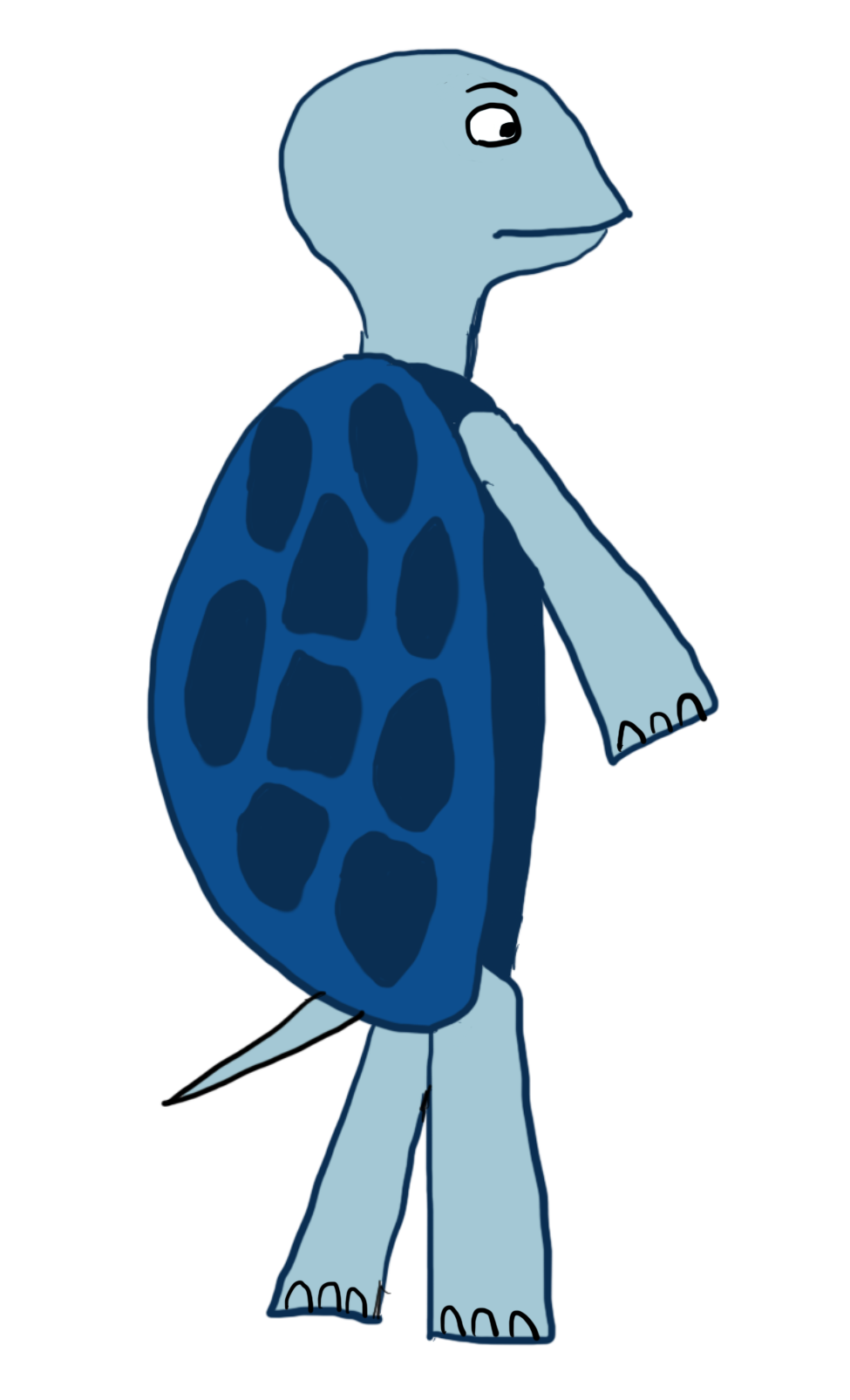25 August 2022
Crawl, Walk, Run
Remember being a baby? Of course not! But let’s pretend we remember how it felt to drag our little bodies across the floor for the first time. None of us knew we could do it, but we tried anyway, making our blubbery arms hold up our chests in what must have felt like a Herculean effort. That first task might have taken us weeks, but eventually, we learned to shuffle our knees and crawl around the house.
It’s an impressive feat when you think about it—going from zero to one. Yet, we adults are merely amused by a baby’s meager attempts to do something so fundamental because we’ve forgotten what it’s like to start fresh.
We don’t remember what it was like to crawl. We get so bogged down in the daily grind, so trodden into our routines, that we carve walls around us and forget we’re walking. We grow deaf to the song of novelty and maybe even fear the idea of something genuinely new. Comfortable with where we’re standing, we think: Why should I throw myself onto the floor and chance getting dirty, making a fool of myself, or—worse—discovering I’m too old to get back up again? ### Return to CrawlingLast week, I became a people manager. I was excited to welcome a new person to my company, show them the ropes, and coach them to succeed. But I was also nervous and filled with self-doubt: Am I capable of managing someone? Am I responsible enough to provide sound direction? There must be a mistake…hello again, imposter syndrome, old friend.
For the past few years, I’ve been running in my career as a product manager—consistently shipping quality features.
I’d finally reached the senior level of the Four Stages of Competence, and now I was back to being a freshman. Or, more accurately, a baby trying to get his knees under him.Increasing the Cadence
I heard the phrase “Crawl, Walk, Run” from a past manager while trying to understand my role in a new company. It’s not a novel concept—as most humans have learned to do all three activities in that order—but it stuck with me as it embodies the ethos of Turtle’s Pace:
- Crawl: You’re slow and uncoordinated whenever you start a new thing. You fumble about, trying to get your bearings, but you learn a ton.
- Walk: You’ve established some fundamentals, so you become competent and make forward progress at a sustainable pace.
- Run: You master the fundamentals, pick up advanced skills, and achieve more results with confidence.
I hit plateaus if I keep running at something. Or the repetition gets tiring and boring, which leads to burnout. Without a worthy challenge to keep moving, it’s easy to lose air in the tires of progress.
When this happens, some people hang up their running shoes and try something completely different—like a second career or a retirement hobby.But what if there was a second path?
From Serial to Parallel
The other day, I read an article about physical fitness, which claimed that healthy seniors don’t just get cardio exercise via walks and bike rides, but they spend time on the floor doing bodyweight exercises and yoga. This combination of activities— crawling, walking, and running—builds their strength and flexibility, improving the quality of their lives.
Not to mix metaphors, but picture three swim lanes. In one, you’re running—doing something you have mastered. In another, you’re walking—making sustained progress. In the third, you’re crawling—bumping your knees and discovering something new.

- I’m running with product management, as I feel confident in my ability to shape and ship products.
- I’m walking with data science—I’m nowhere near mastery in this domain, but I understand the implications of different modeling decisions.
- I’m crawling with people management, as I’m brand new but learning every step (stumble?) of the way.
If you’re constantly crawling (moving from one thing to the next and never gaining competency), you won’t get anywhere because you’re going too slow, and your attention is divided. You’ll become stagnant if you only walk (making steady progress but not taking any big swings). If you’re always running (knocking it out of the park in one domain), you may not be challenging yourself and could burn out. Could a shift from serial—going from a crawl to walk to run—to parallel solve this problem?
By simultaneously crawling, walking, and running, could we remain humble and curious while still achieving results?
The Tri-Modal Life
Imagine applying the Crawl, Walk, Run model outside of your career. For instance, what about friendships?
- Crawl: Make new friends by attending Meetup groups.
- Walk: Sustain existing friendships with regular phone calls.
- Run: Invest heavily in your favorite relationships by spending a weekend one-on-one.
With friendship, most people I know seem to spend their time crawling—always collecting new acquaintances without developing deeper friendships—or running, investing a lot into one or two close relationships, and neglecting all others. Both approaches are fine, but they’re unbalanced without the walking cadence of frequent contact. Frankly, these slow and steady friendships are the ones I hold the dearest.
Like most things, following this “tri-modal” approach requires time and energy, and often our days are too hectic and stressful to strive for a perfect balance of crawling, walking, and running. Each day is a little lumpy, so expecting balance within a day or even a week is unfair. Some seasons may require more walking, others more running. For me, my current season will be a lot of crawling. But within a year (or decade), maybe we could strike a balance between all three.
In what areas are you crawling, walking, or running?




